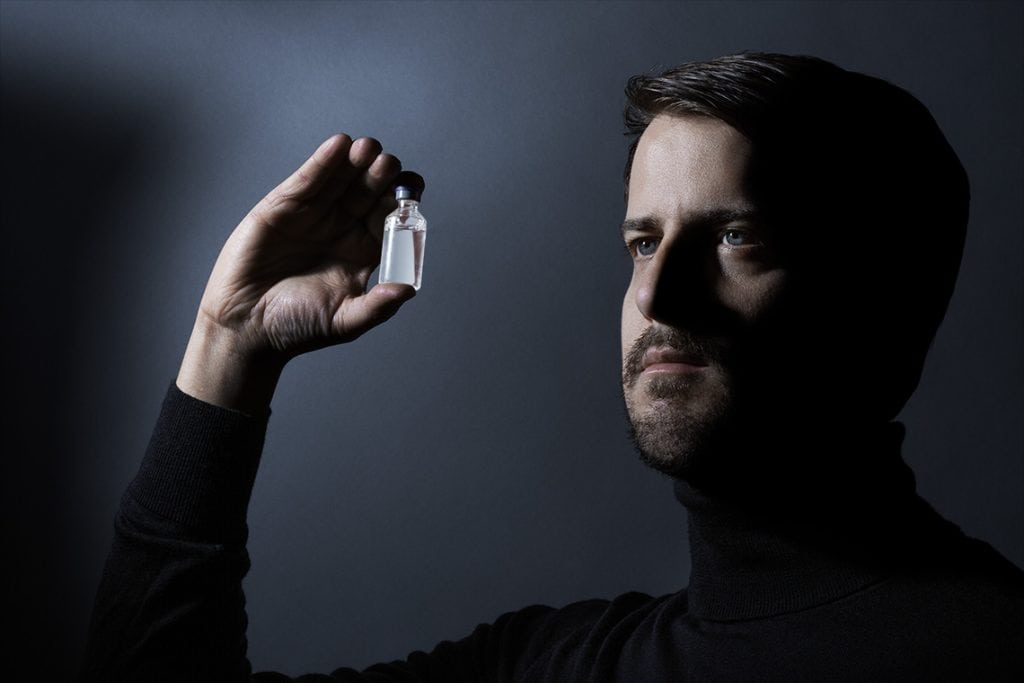Prepare to pay. For people living with Type 1 Diabetes and their struggles to afford insulin in the United States of America, this is a way of life. The ongoing crisis is the basis of the documentary Pay or Die. From filmmakers Scott Ruderman and Rachael Dyer, this movie spotlights a shattered healthcare system prioritizing profits over people. What follows are tales of sacrifice, struggle, and determination. People are leaving the country to buy cheaper insulin elsewhere. People are scrimping and saving to prolong their insulin dosages. Simultaneously, many are even dying because they cannot afford insulin. In the wealthiest nation on Earth, this is sick – full stop.
The framing of the documentary is around Alec Smith and his surviving family. Alec, who at twenty-six, had only been off his parent’s health insurance for nearly a month when he died from a lack of insulin. Alec, a Type 1 Diabetic, had been cutting corners to prolong his supply of insulin. His forced thriftiness came at the expense of his life. Alec could not afford his insulin and thus could not afford to stay alive.

The movie stays with the family as they battle with the Minnesota Legislature, urging the passage of a bill making needless deaths like Alec’s preventable. Through this discussion, audiences will learn the history of insulin and, most notably, that the discoverers (Charles Best and Dr. Frederick Banting) believed no one should profit off the sale of insulin. Jump to the present day, and at the time of this documentary, insulin costs clock in at close to $300. Since 1996, a $21 single vial cost has seen a 1,278% increase. The reason is on account of corporate greed. This is an outrage, and the movie does not let the audience forget it.
Over an hour and fifteen minutes, the documentary combines stone-cold facts with real stories. The data has more weight when there is a face for the audience. The effectiveness is in the grim reality facing the profiled people and millions across the United States. Ruderman and Dyer have done a masterful job of showcasing righteous indignation. There is a concerted aim never to preach but to affect its audience.

The heartache and the financial struggle are the core of this story and, therefore, help drive home the point of affecting change. These are real people with real struggles. In the second half, the documentary introduces a mother and daughter who are Type 1 Diabetic. As a result of financial hardship, the duo travel to Canada for more affordable drugs to save insulin costs and avoid staggering their doses. The rub of the story lies here – and what will enrage audiences. The “American Dream” for many is now leaving the country to buy more affordable medicine. This heartbreaking scene is capped off by a Canadian pharmacist who explains the discrepancy between the two nations’ healthcare systems. “In the States, prescription medicine is handled like a business. In Canada, it’s health care.”
As a result of that revealing statement, this is where the movie arrives at its central point because of rampant greed; care is a secondary if not the last, concern. In fact, Americans are becoming medical refugees in other countries where costs are cheaper, while Big Pharma is pointing fingers and playing the blame game. This fact should enrage audiences and inspire action mainly as the documentary dispels the misconceptions that, somehow, a person with Type 1 Diabetes is the result of not eating healthier or failing to lose weight. It is not about lifestyle; Type 1 patients do not produce insulin. The movie comes loaded with facts and figures on the diseases, as well as the devastating financial burden it is sowing to millions of Americans.

Lastly, while Pay or Die bursts with heated passion, it concludes with hopeful determination. Consequently, by this documentary’s release, Eli Lilly (one of the largest insulin manufacturers) voluntarily announced a reduction in the price of insulin to $35.00 or less. The other manufacturers have followed suit. It is a small victory and is a welcome, but as the movie suggests, since these changes were voluntary and they could change at the snap of a finger.
In returning to the battle of Alec’s family – the only way to ensure the costs never skyrocket again is through the passage of federal legislation. Pay or Die is aptly titled and should serve as a clarion call for needed change. Contrast the healthcare to the North versus here in the States. People trump profits. Something is vastly wrong in the wealthiest nation on Earth when people are dying because they cannot afford medicine. That is not only sick but also un-American.
Pay or Die will debut in theaters in New York on November 1, 2023 courtesy of MTV Documentary Films. The film will open in Los Angeles and other cities around the country on November 10. The film will be available to stream on Paramount+ on November 14th.
[youtube https://www.youtube.com/watch?v=F1M2_TK7aWQ]
Pay or Die is aptly titled and should serve as a clarion call for needed change. Contrast the healthcare to the North versus here in the States. People trump profits. Something is vastly wrong in the wealthiest nation on Earth when people are dying because they cannot afford medicine. That is not only sick but also un-American.
-
GVN Rating 10
-
User Ratings (0 Votes)
0

Writing & podcasting, for the love of movies.
His Letterboxd Favorites: The Dark Knight, Halloween, Jaws & Anora.






